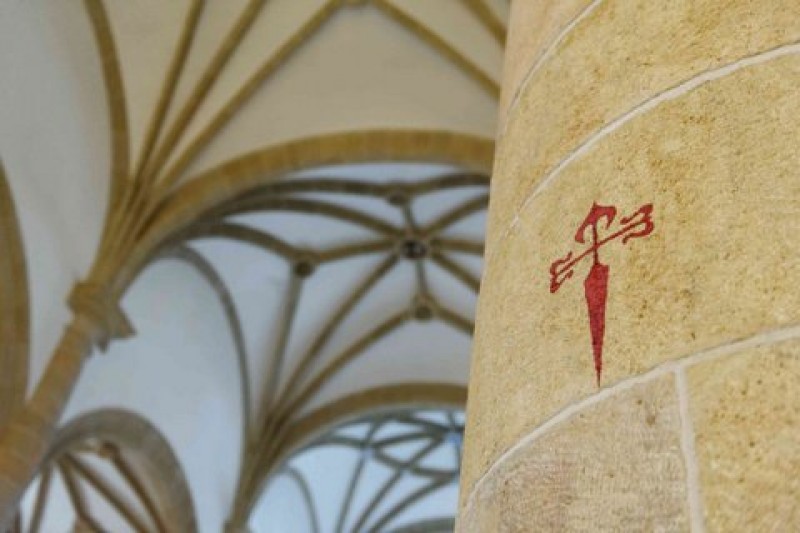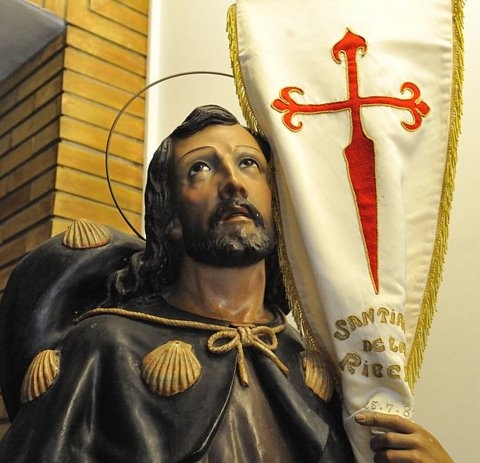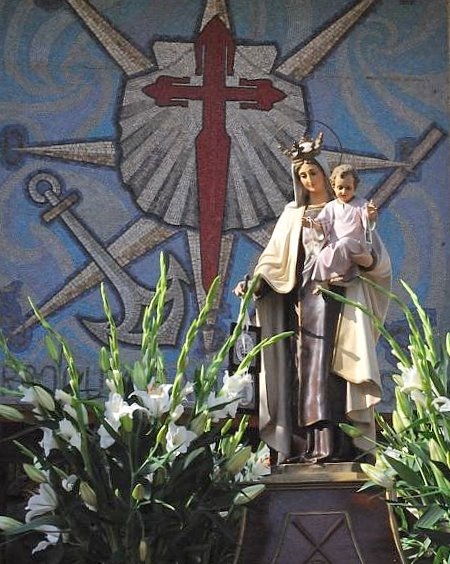- Region
- Águilas
- Alhama de Murcia
- Jumilla
- Lorca
- Los Alcázares
- Mazarrón
- San Javier
-
ALL AREAS & TOWNS
- AREAS
- SOUTH WEST
- MAR MENOR
- MURCIA CITY & CENTRAL
- NORTH & NORTH WEST
- TOWNS
- Abanilla
- Abarán
- Aguilas
- Alamillo
- Alcantarilla
- Aledo
- Alhama de Murcia
- Archena
- Balsicas
- Blanca
- Bolnuevo
- Bullas
- Cañadas del Romero
- Cabo de Palos
- Calasparra
- Camping Bolnuevo
- Campo De Ricote
- Camposol
- Canada De La Lena
- Caravaca de la Cruz
- Cartagena
- Cehegin
- Ceuti
- Cieza
- Condado de Alhama
- Corvera
- Costa Cálida
- Cuevas De Almanzora
- Cuevas de Reyllo
- El Carmoli
- El Mojon
- El Molino (Puerto Lumbreras)
- El Pareton / Cantareros
- El Raso
- El Valle Golf Resort
- Fortuna
- Fuente Alamo
- Hacienda del Alamo Golf Resort
- Hacienda Riquelme Golf Resort
- Isla Plana
- Islas Menores & Mar de Cristal
- Jumilla
- La Azohia
- La Charca
- La Manga Club
- La Manga del Mar Menor
- La Pinilla
- La Puebla
- La Torre
- La Torre Golf Resort
- La Unión
- Las Palas
- Las Ramblas
- Las Ramblas Golf
- Las Torres de Cotillas
- Leiva
- Librilla
- Lo Pagan
- Lo Santiago
- Lorca
- Lorquí
- Los Alcázares
- Los Balcones
- Los Belones
- Los Canovas
- Los Nietos
- Los Perez (Tallante)
- Los Urrutias
- Los Ventorrillos
- Mar De Cristal
- Mar Menor
- Mar Menor Golf Resort
- Mazarrón
- Mazarrón Country Club
- Molina de Segura
- Moratalla
- Mula
- Murcia City
- Murcia Property
- Pareton
- Peraleja Golf Resort
- Perin
- Pilar de la Horadada
- Pinar de Campoverde
- Pinoso
- Playa Honda
- Playa Honda / Playa Paraíso
- Pliego
- Portmán
- Pozo Estrecho
- Puerto de Mazarrón
- Puerto Lumbreras
- Puntas De Calnegre
- Region of Murcia
- Ricote
- Roda Golf Resort
- Roldan
- Roldan and Lo Ferro
- San Javier
- San Pedro del Pinatar
- Santiago de la Ribera
- Sierra Espuña
- Sucina
- Tallante
- Terrazas de la Torre Golf Resort
- Torre Pacheco
- Totana
- What's On Weekly Bulletin
- Yecla


- EDITIONS:
 Spanish News Today
Spanish News Today
 Alicante Today
Alicante Today
 Andalucia Today
Andalucia Today
The Order of Santiago in Murcia
The Order of Santiago (1243-1856)
Santiago is the Patron Saint of Spain, and is known as Saint James in English. The Order of Santiago is associated with a red cross, its tail displayed as a sword, the heraldic term for this being a fleury fitchy, and a scallop shell, the symbol of pilgrimage associated with Saint James.
Their legacy can be found throughout the Region of Murcia, in the areas they controlled; on church doors, in statues, in the names of buildings and streets, in mosaics and on the arms of those participating in Romerías or festivals celebrating acts in the history of Murcia, a powerful knightly order embodying trust, religion and the power of the sword.

The Order of Santiago, the Orden de Santiago, was originally founded in the 12th century, as a military brotherhood based near Cacares in Extremadura, the thirteen founder knights pledging to protect travelling pilgrims. Their order was formally accepted by the Pope in 1175.
The head of the order was given the title of "Master" and was supported by thirteen knights, the Trecenezago, a Council of 13, the deputy of the Grand Master named the Comendador Mayor, or Grand Commander.
The order began by offering armed protection for pilgrims travelling to the shrines of Saint James, and the hospices on the pilgrimage route leading to Santiago de Compostela, which even at this period in history was an important Mediaeval pilgrimage route.
As orders of this nature went, it was less stringent than others, both hospitalier and military, the order  consisting of several classes, canons who undertook the religious administration of the sacrament, canonesses who cared for the pilgrims, religious knights and married knights.
consisting of several classes, canons who undertook the religious administration of the sacrament, canonesses who cared for the pilgrims, religious knights and married knights.
Marriage was permitted from the first beginnings of the order, part of the reason its success was so widespread and so rapid.
The order achieved great power, owning vast tracts of land, indeed at the height of their power in Spain they owned 2 cities, 178 boroughs and settlements, 200 parishes, 5 hospitals, 5 convents and a college, with lands in Portugal, France, Italy, Hungry, Spain and Palestine.
As a military order they included 400 fully armed knights and could summon 1000 lances for any campaign they undertook.
Their aim was to protect Christian travellers, drive out the Muslims from Spain and promote the Christian faith within Spain.
According to historian Jerome Younger, during this point in Spanish history the Moors occupied southern Spain, the central and more northerly areas of Spain being divided up into the Kingdoms of León, Castille, Navarre, Aragón, Galicia and Portugal, kingdoms which were frequently at odds with each other.
Gradually the rulers moved South, taking territories, these military orders of Knights building fortress communities, hospitals and convents as they went. Each community they established had its own duplicate structure, the council of 13 replicated in each fortress community, or encomienda, the order of Santiago accumulating more territories as it slowly moved south. Support of the order was vital for those monarchs ambitious to extend their territories, as promising gifts to the order in return for the support of their well-armed, well-trained and well-mounted knights made a huge difference in any military campaign. Armies were generally small, few could afford the armour and weapons of a knight, and a mounted knight in full armour was a very powerful asset when fighting against poorly armed foot soldiers.
They arrived in Murcia with the house of Castile y León, at the beginning of the 13th century.
Murcia became part of the protectorate of Castile y León in 1243, the young Prince Alfonso, later to become Alfonso X, El Sabio, taking control of the area following a treaty with the moorish rulers, called the Capitulations of Alcaráz. ( see History of Murcia City)
This treaty gave Castile the protectorate of what is now Murcia, in return for allowing the Muslims to continue with their daily activities and respect their rights to practise their own religion, the Order of Santiago gaining a foothold in Murcia from this point onwards. This was very important, as working the land and generating crops was labour intensive, and manual work. At this period in time life expectancy was low and population levels were low, so it was important to maintain food production by keeping a stable population to work the land. Had the Moors been expelled totally, there would have been virtually no-one left to work the land.
The Order established itself in Murcia over a period of almost a hundred years, extending its land and possessions over time.
It started in 1243, with the castle of Moratalla, followed by the fortress of Aledo in 1257: these possessions enabling the Order to take up residence in the kingdom of Murcia as of 1266.
 Abanilla came next into the Order’s hands but was swapped for Cieza in 1281, and four years later it had gained a foothold in the valley of Ricote and Blanca. In 1295 it was also presented with Ceutí, although only temporarily.
Abanilla came next into the Order’s hands but was swapped for Cieza in 1281, and four years later it had gained a foothold in the valley of Ricote and Blanca. In 1295 it was also presented with Ceutí, although only temporarily.
During the 14th century their influence extended further with the annexations of Pliego (1305), Yéchar (1304), Fortuna, Lorquí (1304), Canara (1335), Caravaca, Cehegín and Bullas (1344) (these last three had previously belonged to the Knights Templar who were disbanded).
They also came into numerous possessions in the Sierra del Segura, which at the time was part of the kingdom of Murcia.
The beginnings of the Order’s expansion in Murcia are attributable to Master Pelay Pérez Correa, who named a commander in charge of each of four areas: Cieza, Ricote, Aledo and Moratalla.
These commanders enjoyed political, economic and military power within their areas, and among the men appointed were Rodrigo de Ulloa, Juan Pérez de Barrados, Gonzalo Fajardo, Manuel de Benavides and Pedro López Fajardo. The most famous of the Masters of the Order were Rodrigo Yánez and Juan Osórez.
In the areas under their rule the members of the Order took almost exclusive control of the flour mills, olive presses, ovens and cloth-cleansing machinery, thus controlling the production and transformation of agricultural products. They also became involved in textile manufacturing, above all in Aledo, Caravaca and Cieza.
They ran and controlled agricultural activity and production within their lands, extracting taxes, an activity which brought them into a certain degree of conflict with the Bishopric of Cartagena, and despite their attempts to repopulate their territories with Christian settlers, had many moorish communities under their control, farming families working the land.
During the 15th and 16th centuries the Order of Santiago encouraged the worship not only of Santiago but also of Santa María and San Sebastián, and supported the cult of Santa Eulalia in Aledo and Totana, the Casa de Jesucristo (Moratalla) and the True Cross of Caravaca. San Cristóbal and San Bartolomé were also viewed favourably by the Order.
They also oversaw the farming in a large number of plots in the Huerta of Murcia, and owned houses in the centre of the city, thanks mainly to the gifts made by Sancho IV of Castile, the second son of Alfonso X, who took the crown of Castile ( including Murcia) following a bitter war of succession both before and after his father died.
Among their churches in the Murcia region, the most important is that of Santiago in Murcia, believed to have been constructed in the location where the Caballeros de Santiago had their original encampment.
In 1499, Ferdinand of Aragon, persuaded the Pope to assign the three major military orders which existed in Spain to his control, so the Orders of Santiago, Alcántara and Calatrava were united under one government, although the orders were allowed to retain their own possessions and titles and function separately.
Later on, Carlos, V, The Holy Roman Emperor, created the council of orders comprising six knights and two delegates from each order, overseen by a president appointed by himself. this effectively ended the power of the orders, although not their prestige.
By the 19th century Spain was undergoing social and political upheaval, and in 1873 Spain declared itself a Republic for the first time, suppressing the Order in 1873, and although the Order was re-established following the collapse of the first Republic its stature was reduced to being a nobiliary institute of honorable character, controlled by a SuperiorCouncil, and dependent on the Ministry of War. This council however, was also abolished after the proclamation of the second Republic in 1931. Following this, Spain plunged into Civil War followed by the Franco Dictatorship, democracy only restored in 1976 following the death of Francisco Franco.
The Order of Santiago still exists today, with 35 knights and 30 novices. Its an exclusive club, to which only those who can prove their noble ancestry may belong. Members must be descended from Catholic ancestry, be a practising Catholic and all parents and grandparents must be of legitimate birth.
